Designing the Future

Project Maji
Company: Born The Immersive Transformation Company
Client: Project Maji
Year: 2023
Role: Lead UX Designer
Status: Award Winning VR Application, Live,
Responsibilities:
-
Creation of the comprehensive UX design workflow
-
UX Strategy
-
Governance of the design principles.
-
UX Research
-
Ideation, wireframing, special effects and haptic design creation
-
Production and Delivery
Overview
Project Maji aims to provide fresh and clean water, ensuring sustainable access for African rural communities.
We aimed to create a VR experience that enhances understanding of its mission and attracts more investors to help build a better future.
We targeted a diverse yet specific audience, choosing a style that best represents African culture to create a strong sense of belonging that potential investors might appreciate.
We worked collaboratively with the Narrative, Art, and Audio teams to ensure the quality of the delivered product.
This project was a charitable effort that helped us make a positive impact.
Challenge
Ensuring accurate and respectful representation of African culture. Avoiding stereotypes and ensuring authenticity in visuals, audio, and interactions
Making the experience engaging and informative without overwhelming our Audience.
Balancing informative content with interactive elements to maintain interest.
Creating an inclusive experience so it's accessible for all, no matter what situation they will be viewing this application in.
Ensuring the application is accessible regardless of the user’s physical environment or situation (e.g., public spaces, quiet rooms, varying lighting conditions).
Highlighting opportunities for involvement and showcasing the tangible impact of investments.

God's mode
Our UX process involved selecting a god’s-eye view to best present the story of Dagbe. We tested numerous applications, prototyping and evaluating various perspectives and distances to find the most effective representation.
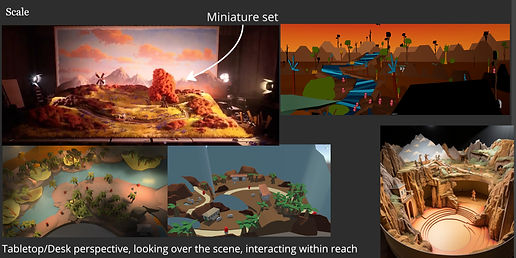
Further planning focused on the story. We needed to ensure that users could comfortably follow the character and perform interactions without losing context.
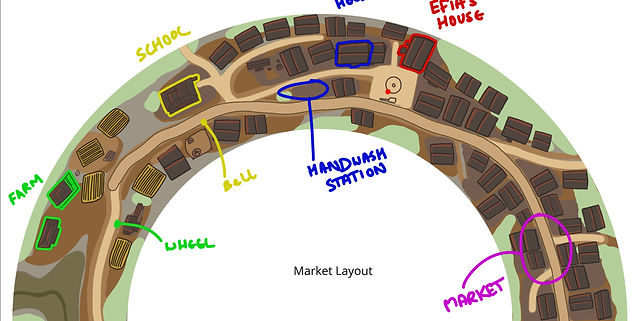
Storyboarding
Each part of our experience was storyboarded to ensure clear communication of our mechanics across all teams, particularly with Development. Given our limited time for delivery, we needed to be efficient with testing and as accurate as possible.
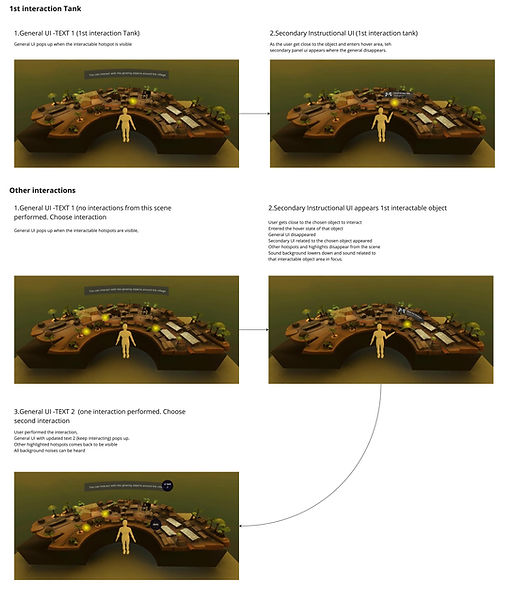
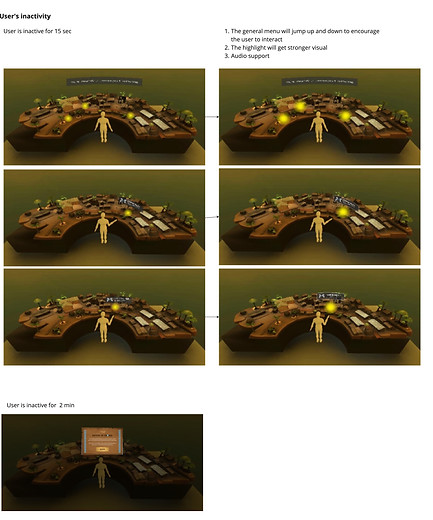
Scene Planning

Flow and UX Spec
The UX flow needed to integrate interactions, audio, and haptic feedback simultaneously, allowing developers to understand the relationships between these components. The UX flow system effectively presented all elements clearly and cohesively.

Unhappy path
Interactions had to be easily explained and straightforward for users, enabling them to proceed smoothly to the next section. We carefully considered the risk of users getting stuck or missing interactions, designing a robust mechanic that ensured a seamless experience for everyone.
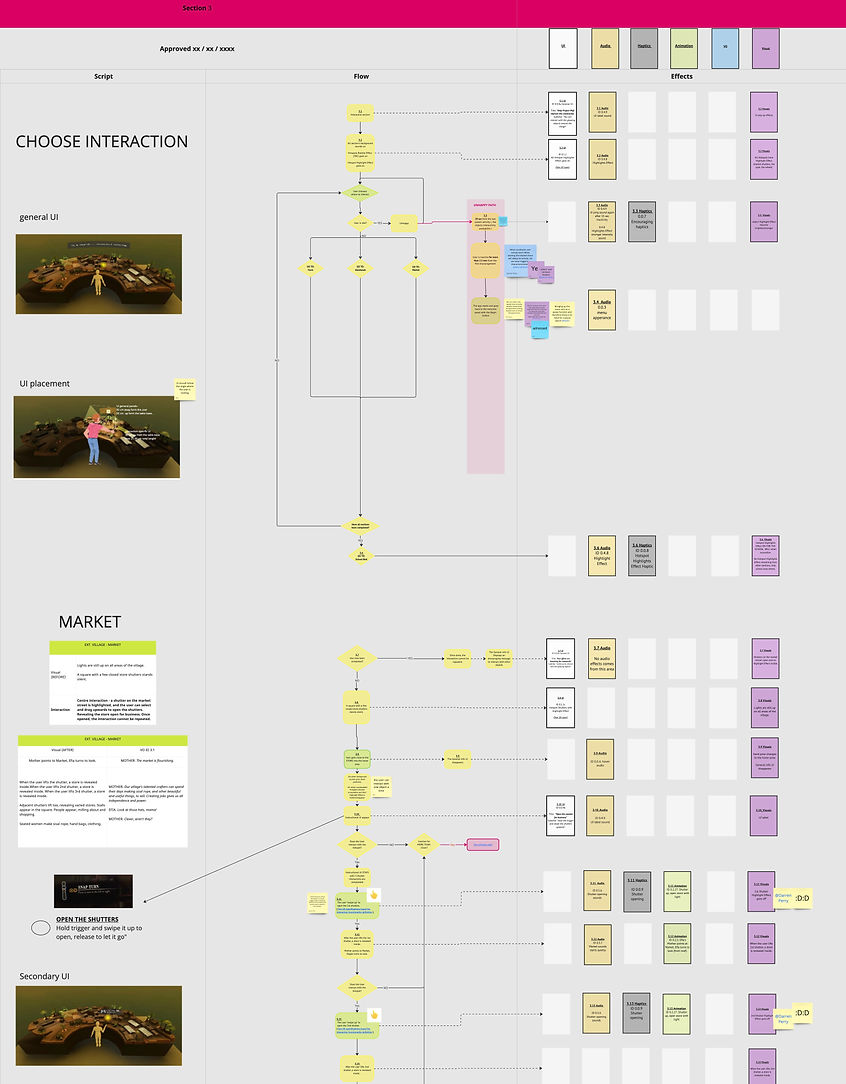
UX Specification

The UX specification played a significant role for QA testers, ensuring the application was aligned with our vision, followed all the rules, and functioned as intended.












